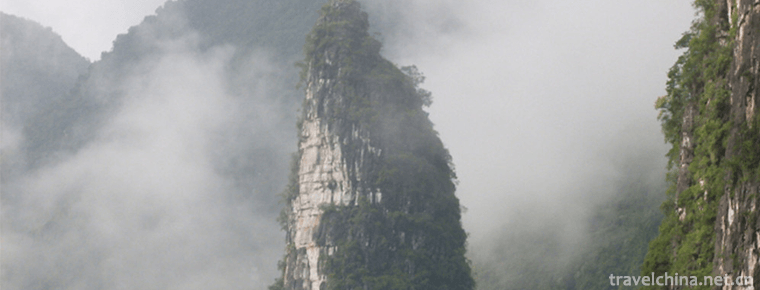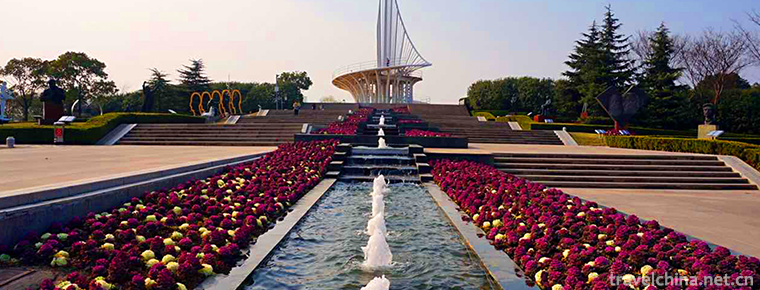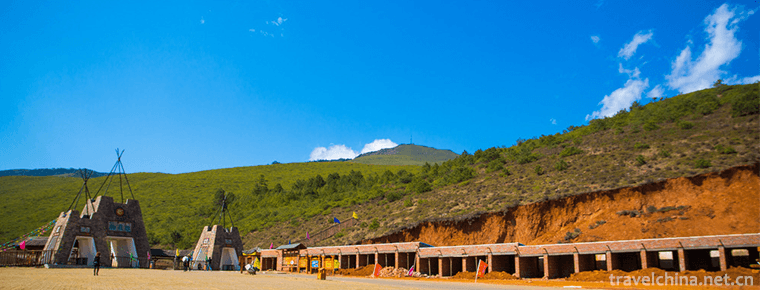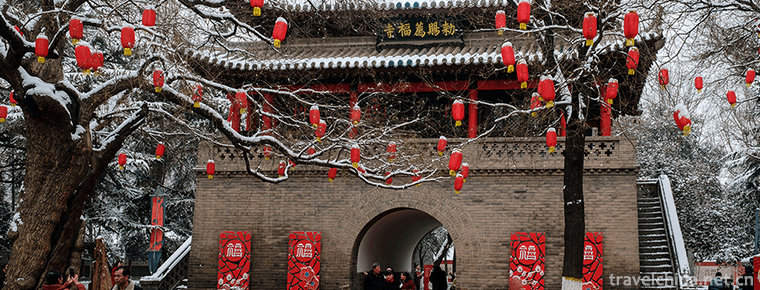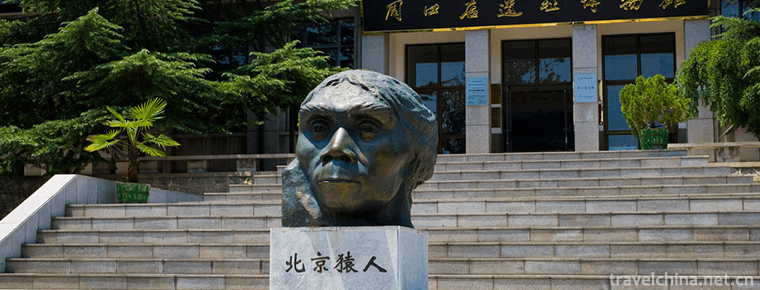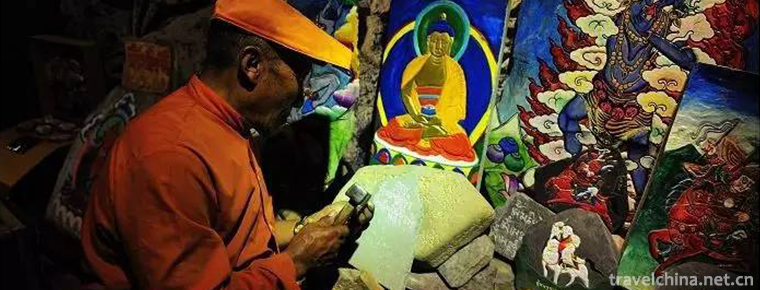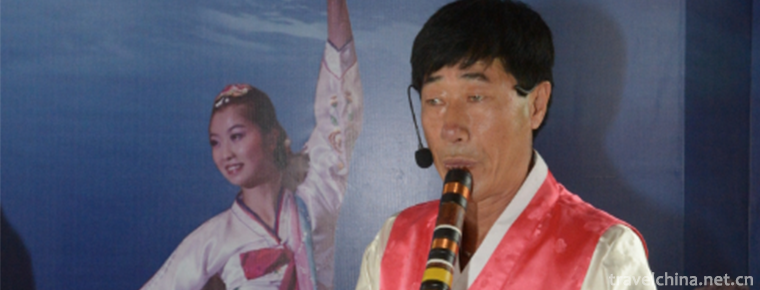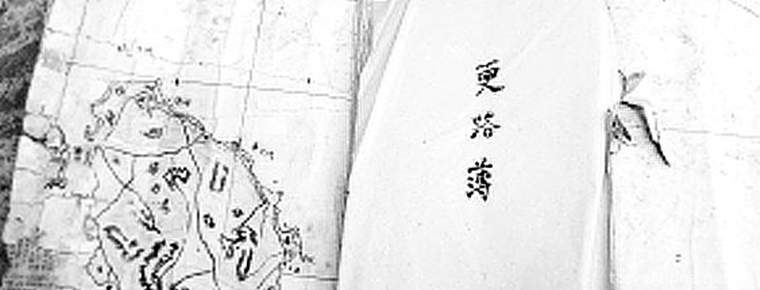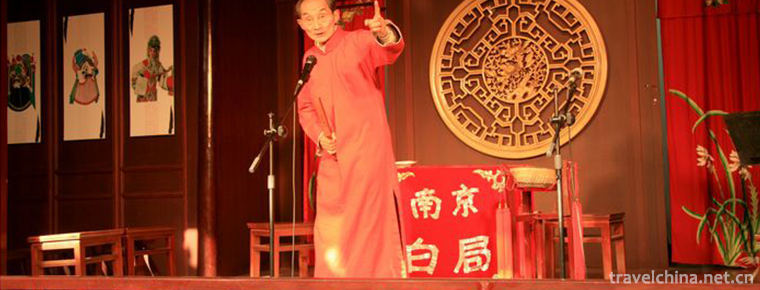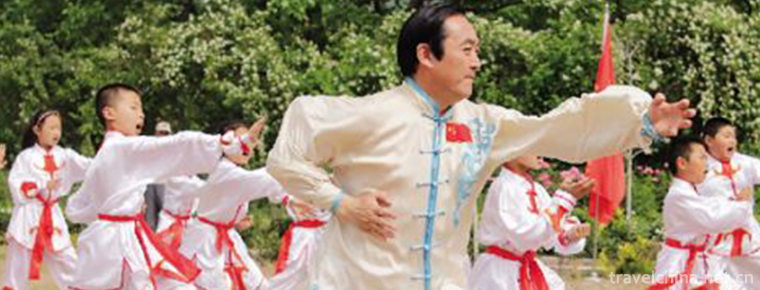The social background of Cheongsam
The social background of Cheongsam
Many scholars and media at that time believed that it was an important reason that women imitated men to wear long gowns in order to seek independence of mind and emancipation of women's rights in the early Republic of China.
Since the Han Dynasty, Chinese Han women gradually only wear "upper garment and lower garment", commonly known as "liangjieyi". Wearing robe has almost become the patent of men. Women wearing "two pieces of clothes" has also become the symbol of feudal ethics' oppression on women. The book of daughters, which is regarded as the evidence of feudal ethics' persecution and discrimination against women, wrote:
"For the sake of mulberry, women do not share the same clothes with their husbands
All things must be humble and obedient, and never cry a hen
During the early period of the Republic of China, due to the influx of western culture and ideas, the country suffered from the invasion of foreign powers and warlords' War. Young people with advanced ideas actively studied the west, especially women's brave pursuit of liberation, which was unprecedented in the history of Chinese feudal society. At that time, social movements such as the May Fourth Movement and the new culture movement, which took young people as the main body, provided a huge impetus for women to seek ideological emancipation and equal rights. Many scholars, when studying the origin of cheongsam, also stood in such a social background at that time, such as Wu Hao's book "Chinese women's clothing and body revolution (1911-1935)". There are also supporters of wessieling.
Ms. Zhang Ailing once wrote in the "changing records": "after the Republic of the five nationalities, the sudden and unanimous adoption of cheongsam by women all over the country is not for the sake of allegiance to the Qing Dynasty and advocating restoration movement, but because women deliberately want to imitate men. However, they are not far away from the ideal of killing women in the West. Therefore, the Qipao in the early days was cold and square, with the Puritan style. Mr. Wang Yuqing also holds this view: "cheongsam, which was popular for women's wear for more than half a century, turned out to be a by-product of the struggle for women's rights and equality among trendy women.".
On the eve of the revolution of 1911, many young women who actively participated in the revolutionary groups also liked to wear long gowns. Zhou Yawei recalled Qiu Jin's dress in 1907 in his memoirs of the Guangfu Society: "at that time, she wore a dark blue lake robe (the same as a man's robe), braided her hair, added dark green braids, put on her feet, and wore black satin boots. She was thirty-two that year. The young members will call her "the young lady.".
The so-called custom of women wearing men's robes for equal rights with men did not end with the victory of the revolution. In 1920, the Republic of China Daily published a letter written by Zhu Rongquan to Mr. Chu Lun, discussing the article "the advantages of women wearing long clothes." the term "long gown" was originally the term for men's robes in Guangdong. It can be seen that women wearing long clothes were not uncommon in Shanghai at that time.
After the victory of the revolution of 1911, women's Liberation had a vigorous development in the mid-1920s. With the development of women's rights movement, the phenomenon of women wearing men's robes became more and more common in China. Newspapers in Beijing read: "today's women have their hair cut off, their feet have been put on, and even their clothes have been wearing long gowns. At first sight, we can't tell whether he is a man or a woman, and the clothes of men and women in the future will inevitably be similar. " Not only in Beijing, "in the TONGHENG avenue of Guangzhou, the women's world in long clothes can be seen everywhere The rich and the poor, the rich and the poor, the rich and the poor, the young in the women's world, are not strong enough if they do not have a long gown. "From this we can see that it has become a fashion for young women to wear men's robes at that time, but there was not much encouragement in the public opinion at that time, but there were many critics. Later, after the victory of the northern expedition, the cheongsam had completely recovered its feminine temperament, and few women in men's robes could be seen again.

The social background of Cheongsam
-
The peak of unique beauty Duxiufeng
Duxiufeng is located in Jingjiang King's City in the center of Guilin City, Guangxi. It is an inseparable part of the King's City Scenic Area. Gufeng protruding, steep, magnificent, known as "a p
Views: 185 Time 2018-12-12 -
Shanghai Oriental land
Located in Qingpu District, Shanghai, Oriental Green Boat is the only large park in Shanghai that integrates outreach training, youth social practice, team activities and leisure tourism. Near the sce
Views: 218 Time 2018-12-20 -
Gesara Ecotourism Scenic Area
Gesala Ecotourism Area is located in Yankou Township, Waluo Township, Hot Spring Township and Qinghe Township in the northwest of Yanbian County, Panzhihua City. It is located at the junction
Views: 133 Time 2019-01-12 -
Little wild goose pagoda
Xiaoyan Pagoda is located in the Jianfu Temple of Anrenfang, Chang'an City, Tang Dynasty (now the southern suburb of Xi'an City, Shaanxi Province), also known as the "Jianfu Temple Pagoda".
Views: 234 Time 2019-02-25 -
Peking Man Site at Zhoukoudian
Zhoukoudian Peking Man Site, located in Longgu Mountain, Fangshan District, Beijing, is an important Paleolithic site in China. Since 1927, three complete skulls and some remnants have been found in t
Views: 136 Time 2019-03-20 -
Tibetan Gesar Painted Stone Carvings
Tibetan Gesar painted stone carvings belong to a relic of Chinese Tibetan Gesar culture. They are mainly distributed in Seda, Shiqu and Danba counties in Ganzi Tibetan
Views: 139 Time 2019-04-06 -
Korean Dongxiao Music
The Koguryo History Music Records records that Dongxiao belonged to the musical instruments of the Tang Dynasty in China. During the period of Shizong in the Li Dynasty
Views: 143 Time 2019-04-16 -
South China Sea Channel
South China Sea Channel is a traditional folk culture in Wenchang City, Hainan Province. Local fishermen have compiled their own "secret book" for navigation since ancient times. It is a han
Views: 197 Time 2019-06-07 -
Nanjing White Bureau
Nanjing Baiju is an ancient type of music in Nanjing area. The "Nanjing tune" in the Yuanqu brand is the original tune of Baiju's ancient tune. It has a history of more than 700 years. It wa
Views: 138 Time 2019-06-07 -
Xujiaquan
Xujiaquan, a traditional boxing method, originated in Tongji Village, Xintai City, Shandong Province. Xujiaquan originated in Yongzheng Period of Qing Dynasty and was created by Xu Shengcai, Gaozu of
Views: 192 Time 2019-07-09 -
Meishan social security
In 2019, 2.0419 million people participated in basic endowment insurance for urban and rural residents, 2.676 million people participated in basic medical insurance for urban and rural residents, 297500 people participated in work-related injury insuranc
Views: 491 Time 2020-12-18 -
Yibin special dishes
Yibin people like noodles most, such as stewed chicken noodles, salty and fresh noodles, sausage noodles, beef noodles, Beijing sauce noodles, mushroom noodles, three fresh noodles, spicy chicken noodles, eel noodles, Longfeng noodles. Among them, burnin
Views: 91 Time 2020-12-18
